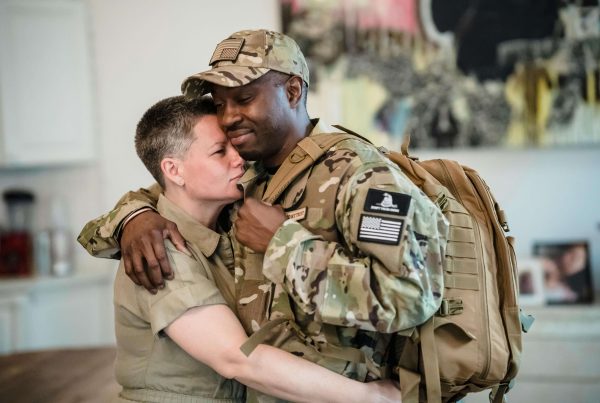Vision loss and impairment remain a significant issue for many Veterans, whether from combat injuries, service-related conditions, or aging. The Department of Veterans Affairs has long provided eye care services, but in 2025, the VA is expanding its vision care programs and assistive technology offerings to better meet the needs of Veterans who face these challenges. These updates are designed not only to protect eye health but also to promote independence and quality of life.
The VA currently offers comprehensive eye exams, prescription eyeglasses, and treatment for conditions such as glaucoma, cataracts, macular degeneration, and diabetic retinopathy. In 2025, the VA is placing greater emphasis on early detection and preventive care, recognizing that timely treatment can prevent long-term complications. For example, diabetic Veterans are now prioritized for annual eye screenings, and the VA is leveraging AI-based diagnostic tools to detect early signs of retinal disease more accurately than traditional methods.
A major update this year is the expansion of assistive technology programs for Veterans with significant vision loss. Through the Blind Rehabilitation Service (BRS), Veterans can now access a wider range of adaptive devices, including advanced screen readers, wearable magnifiers, and text-to-speech systems. In 2025, the VA has partnered with leading tech companies to pilot smart glasses and AI-powered navigation tools, which can help Veterans safely move through unfamiliar environments, read printed text aloud, and even identify objects. These innovations go far beyond traditional mobility aids, giving Veterans a greater sense of independence.
For those with severe vision loss, the VA continues to provide specialized training through its Blind Rehabilitation Centers (BRCs). These centers offer courses in orientation and mobility, computer access training, and daily living skills. In 2025, new virtual training options have been introduced, allowing Veterans to access rehabilitation programs from home through tele-rehab sessions. This ensures that Veterans who cannot travel long distances still receive valuable support.
Another area of focus is the integration of mental health support with vision care. Research shows that Veterans experiencing vision loss are at higher risk of depression and social isolation. The VA now incorporates counseling services into its vision programs, ensuring that Veterans have access to emotional support alongside medical and technological interventions. Group support sessions, both in-person and virtual, connect visually impaired Veterans with peers who share similar experiences.
The VA is also strengthening partnerships with community optometrists and ophthalmologists through the Community Care Network. This expansion allows Veterans to receive local vision care when VA facilities are not easily accessible. By covering outside providers, the VA reduces wait times and ensures timely care, especially for urgent conditions like detached retinas or sudden vision loss, where immediate treatment is critical.
For Veterans interested in accessing these services in 2025, the first step is to enroll in VA healthcare and request a referral for an eye exam or vision rehabilitation evaluation. Accredited representatives and Veterans Service Organizations (VSOs) can help navigate the process, ensuring that applications for assistive technology or rehabilitation training are properly submitted.
In conclusion, the 2025 updates to VA vision care and assistive technology reflect a commitment to empowering Veterans with vision impairments. By investing in preventive screenings, cutting-edge assistive devices, expanded training programs, and integrated mental health support, the VA is helping Veterans maintain independence, improve safety, and enjoy a better quality of life. For many, these advances are not just about seeing more clearly—they are about living more fully.



